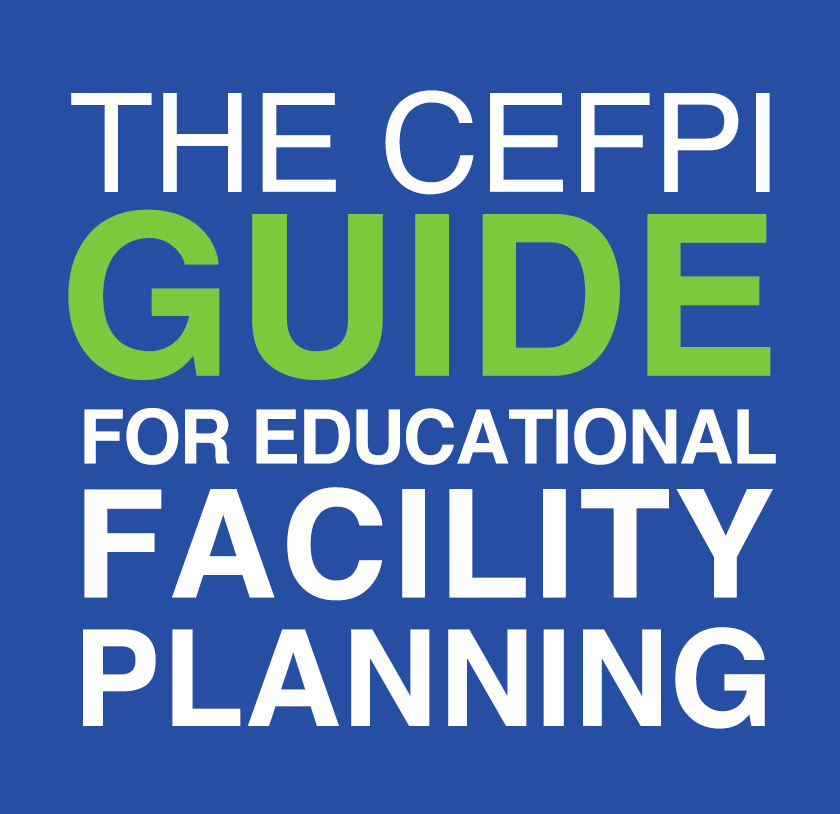
Creating Connections: The CEFPI Guide for Educational Facility Planning
About the Guide
The CEFPI Guide is not meant to be exhaustive. Each chapter provides a basic foundation of knowledge about its subject area. An extensive bibliography is included for those seeking more in-depth information. The Guide provides documents including standard forms and organizational charts that can be reproduced by any user group. These forms are accessible below.
The Guide includes many of the best practices used in facility planning, and it draws on the expertise of specialists in other fields. The authors recognize that there is more than one approach to educational facility planning. The examples and case study presented in The Guide provide only a few approaches. Each district must develop its own approach to facility planning, to address the unique character of its community and schools.
Facility planning is a dynamic process that is constantly evolving. With this in mind, The Guide has been designed as a loose-leaf notebook to allow CEFPI to easily revise or update existing material or to provide new information. The Council hopes The Guide will become the practicing professional's most valuable resource for current information on the educational facility planning process.
The work presented in The Guide represents the collaborative effort of many people, including members of CEFPI, who provided their time, resources, and expertise to the project. They wrote or reviewed individual chapters, prepared case studies, and provided guidance and assistance in all aspects of the project. This successful collaboration illustrates the importance of creating connections and the need to draw upon the expertise of others from a wide diversity of trades and professions.
Contents

Chapter 1
The Educational Plan: Framework for Planning and Design
In this chapter...
- About Educational Planning
- Planning for change
- Internal and external factors bearing on the educational plan
- Connecting the educational plan with the community’s and the district’s vision
- Who should be involved
- Models for change
- Strategies for engaging and evaluating the plan
- Sample planning and assessment documents
Forms and References

Chapter 2
Quality Facilities and Quality Education
In this chapter...
- The relationship between educational facilities and student performance
- The importance of parental involvement
- Technology and student achievement
- How school size affects academic performance and student wellbeing
- The effect of educational facilities and student achievement
- Case study: An educational facility for a small learning community
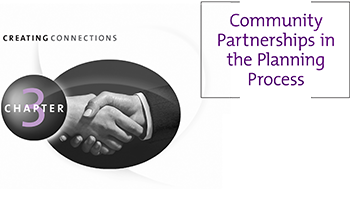
Chapter 3
Community Partnerships in the Planning Process
In this chapter...
- Definitions of “community”
- Why create community partnerships
- The concept of social capital
- Benefits of community involvement in planning
- Models of community partnership processes
- A case study
Forms and References

Chapter 4
Establishing a Master Plan
In this chapter...
- Definition and purpose of the facility master plan
- The planning committee
- Groundwork for the master plan
- Three phases of developing the plan
- Evaluating the plan
Forms and References
- Study and survey guidelines
- Assessment plan for educational adequacy
- Educational assessment instrument
- Space needs survey
- Building evaluation form
- Site inspection checklist
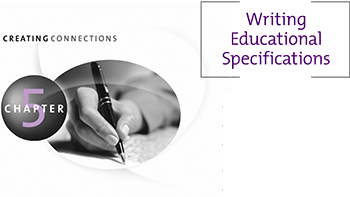
Chapter 5
Writing Educational Specifications
In this chapter...
- Definition of and reasons for educational specifications
- Parts of an educational specification
- District-wide and site-specific educational specifications
- Environmental elements and learning
- Creating district-wide specifications
- Creating site-specific specifications
- What happens with the educational specifications
Forms and References
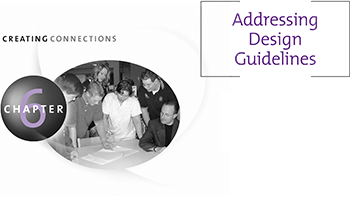
Chapter 6
Addressing Design Guidelines
In this chapter...
- Definition and significance of design guidelines
- Content and organization
- Degree of detail
- Example
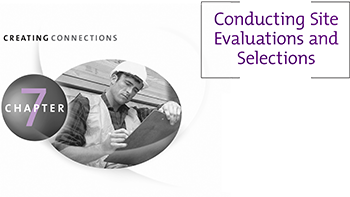
Chapter 7
Conducting Site Evaluations and Selections
In this chapter...
- How school sites relate to educational programs
- School siting and the Smart Growth movement
- Steps and considerations in selecting a school site
- Evaluating sites
- Planning for development of the site
Forms and References

Chapter 8
Infusing Technology
In this chapter...
- Benefits and drawbacks of computer-enhanced education
- Identifying a facility’s real needs
- Need for secure funding
- Building design considerations
- Creating a technology plan
- Space and furnishing considerations

Chapter 9
Integrating Sustainable Design
In this chapter...
- Definition and description of sustainable design
- Reducing operating costs through sustainable design
- The sustainable school as a teaching device
- Key components of sustainable design
- LEED certification
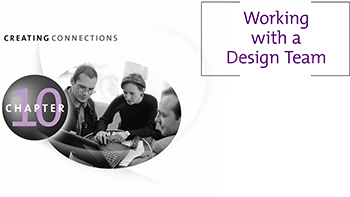
Chapter 10
Working with a Design Team
In this chapter...
- Make-up and responsibilities of the design team
- Selecting an architect and contractors
- Design fees
- The design process
- Staying on budget
- Design considerations for occupied buildings
- Selecting furniture as part of the design process

Chapter 11
Evaluating Project Delivery Options
In this chapter...
- Terms used in project management and delivery
- Three main project delivery methods
- Factors to consider in choosing a method
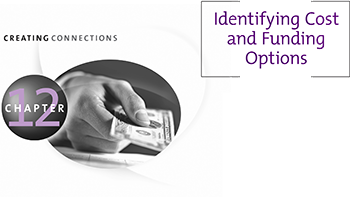
Chapter 12
Identifying Cost and Funding Options
In this chapter...
- Major elements of a project budget
- Canadian funding mechanisms
- U.S. funding mechanisms
- Assessing priorities
- Staying on budget
- Developing a cash flow analysis
- Strategies for passing a bond referendum
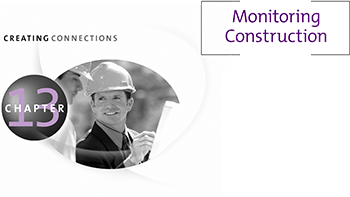
Chapter 13
Monitoring Construction
In this chapter...
- The stakeholder’s part
- Building a citizens’ oversight committee
- Controlling costs, scheduling, and quality
- Contract changes
- Construction partnering
- Construction commissioning
- Construction in an occupied building
- Furniture and equipment
- Project close-out
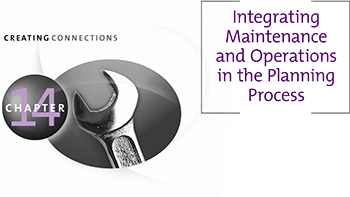
Chapter 14
Integrating Maintenance and Operations in the Planning Process
In this chapter...
- School maintenance and student achievement
- Condition and age of American schools
- Designing and developing a comprehensive maintenance plan
- Building maintenance survey forms
- Facilities evaluation checklist
Forms and References
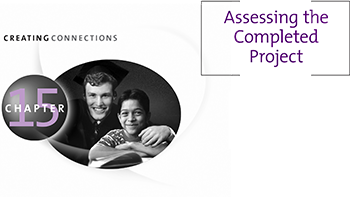
Chapter 15
Assessing the Completed Project
In this chapter...
- The elements of postoccupancy evaluation
- A rationale for assessment
- Forms for post-occupancy evaluation
Forms and References